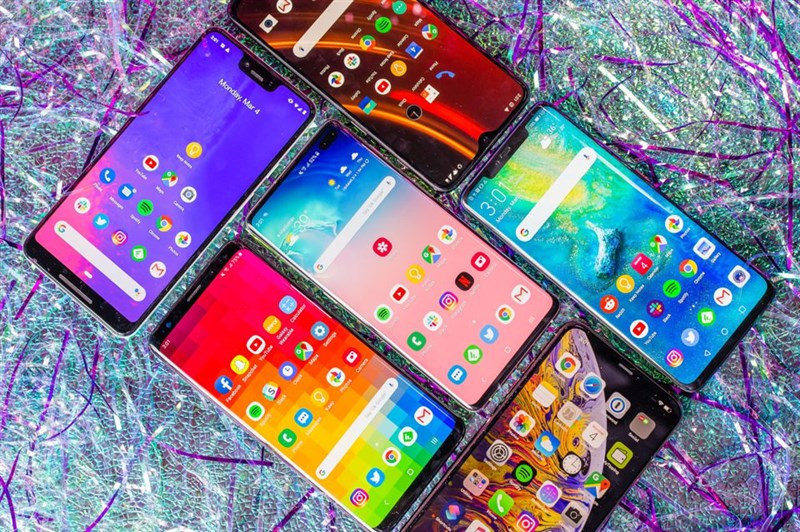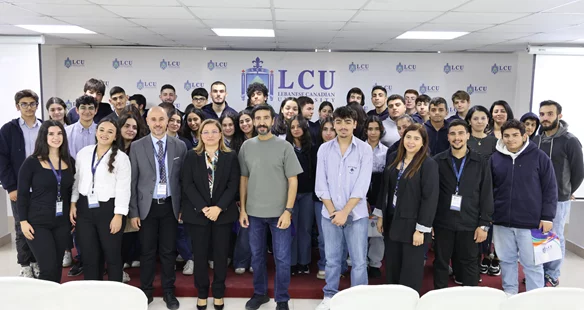The smartphones of the near-future may have batteries capable of holding full capacity for five years.
It’s a first-world problem that really grinds our gears; eventually, no matter how wisely you use your phone and try to preserve its battery, it worsens over time to the point you’ll often have to charge it twice in one day.
It’s more than a frustrating burden for phone-owners – the degradation of lithium-ion batteries has a knock-on effect on pollution and the economy. However, thanks to the efforts of researchers in Japan, we may be closer to finding a solution.
While offering better mechanical stability, ‘it also forms a thinner conductive solid electrolyte interface with less resistance… [and] does not react easily with the electrolyte, which also greatly prevents its degradation.’
Professor Noriyoshi Matsumi, who led the study, explained, ‘Whereas a half-cell using PVDF as a binder exhibited only 65% of its original capacity after about 500 charge-discharge cycles, the half-cell using the BP copolymer as a binder showed a capacity retention of 95% after over 1700 such cycles.’
This equates to around five years where daily charges won’t result in the battery’s capacity dropping. ‘The realisation of durable batteries will help in the development of more reliable products for long-term use. This will encourage consumers to purchase more expensive battery-based assets like electric vehicles, which will be used for many years








.webp)
















